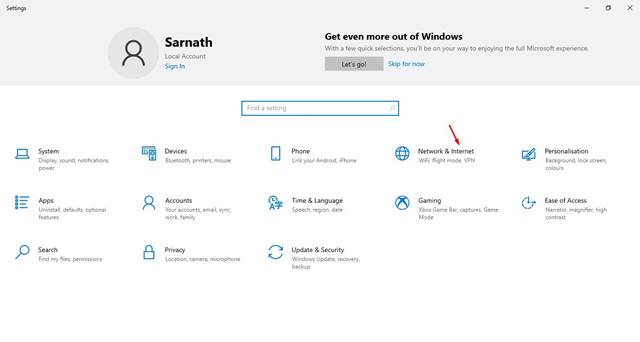

This will force AdGuard Home to always start when Docker starts.ġ8. In the Restart Policy, change this to Always. In the Network tab, select the macvlan network we created earlier.ġ7. Enter the second container as /opt/adguardhome/work and select the ag-work volume.ġ6. Enter the first container as /opt/adguardhome/conf and select the ag-conf volume.

Select Volumes and select map additional volume twice. NOTE: Ensure that you have the three top ports (53, 67, 68) set as UDP ports and the rest (53, 68, 80, 443, 853, 3000) are set as TCP.ġ5. Select Publish a new network port nine total times and match the ports as the screenshot below shows. Give the container a Name and then in the Image section, enter adguard/adguardhome.ġ4. Select Containers and then Add Container.ġ3. One with the name ag-work and one with the name ag-conf.ġ2. Select Add Volume and add two total volumes. Go back to Portainer and select Volumes.ġ1. The items listed below in pink might need to be updated when you run this command. NOTE: ag_network will be the name of the network (you can substitute this as you’d like). You also need to pick an IP address that you’d like to use that’s not currently in use. Next, you need to run the command below while substituting the correct subnet (most are 192.168.1.0/24 by default) and network interface ID (mine is enxb827eb03ae0e). To do this, run the command below and note down the network interface name that has your Raspberry Pi’s IP address (in this example, mine is enxb827eb03ae0e). We need to determine what network interfaces currently exist and note down the adapter name. Now that Portainer is set up, we need to create a docker macvlan network interface. Leave this up in the background and we will get back to it in a few steps.Ĩ. Set up your username and password for Portainer.ħ. When Portainer finishes, restart your Raspberry Pi and when it comes back up, Open Portainer.ĥ. We will be using Portainer to install AdGuard Home.Ĥ. Select the Portainer drop-down and select Install. Select the Docker tab, then click the Docker drop-down and select Install.

If you don’t have OMV-Extras, you will need to install it from the Plugins section.Ģ.

Login to OpenMediaVault and select OMV-Extras on the left-hand side. Instructions – AdGuard Home OpenMediaVaultġ. Instructions – AdGuard Home OpenMediaVault.


 0 kommentar(er)
0 kommentar(er)
